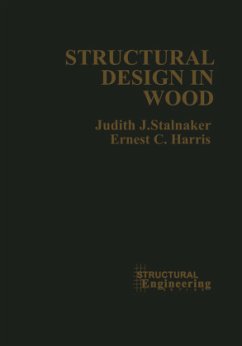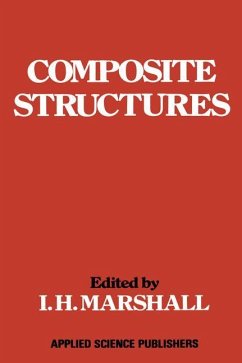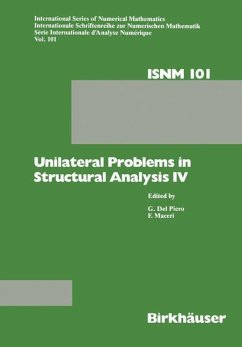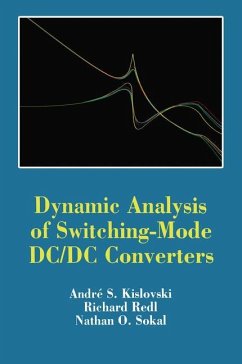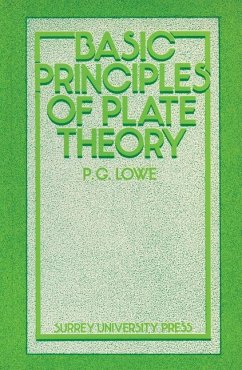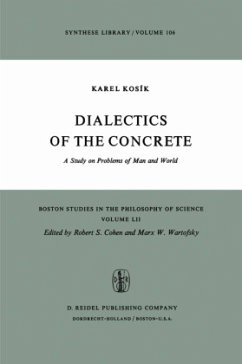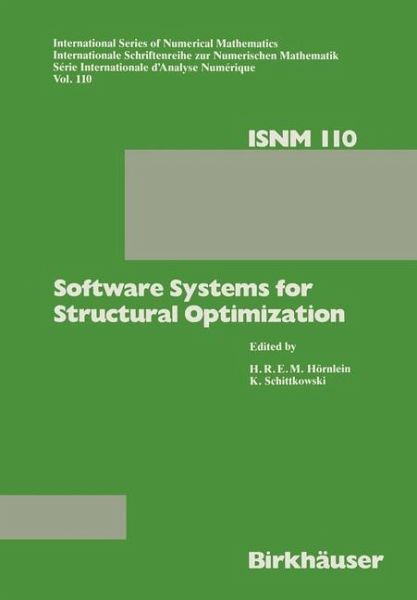
Software Systems for Structural Optimization

PAYBACK Punkte
20 °P sammeln!
Herbert Hornlein, Klaus Schittkowski The finite element method (FEM) has been used successfully for many years to simulate and analyse mechanical structural problems. The results are accepted or rejected by means of comparison of state variables (stresses, displacements, natural frequencies etc.) and user requirements. In further analyses the design variables will be updated until the user specifications are met and the design is feasible. This is the primary aim of the design process. On this set of feasible designs, the additional requirement given by an objective function (e.g. weight, stif...
Herbert Hornlein, Klaus Schittkowski The finite element method (FEM) has been used successfully for many years to simulate and analyse mechanical structural problems. The results are accepted or rejected by means of comparison of state variables (stresses, displacements, natural frequencies etc.) and user requirements. In further analyses the design variables will be updated until the user specifications are met and the design is feasible. This is the primary aim of the design process. On this set of feasible designs, the additional requirement given by an objective function (e.g. weight, stiffness, efficiency, etc.) defines the structural optimization problem. In recent years more and more finite element based analysis systems were ex tended and offer now optimization modules. They proceed from the design model as defined for structural analysis, to perform an internal adaption of design pa rameters based on formal mathematical methods. Despite of many common features, there aresignificant differences in the selected optimization strategy, the current implementation and the numerical results.





